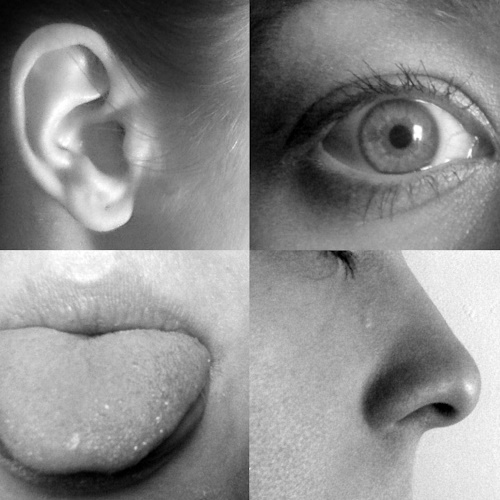Key points from article :
Scientists at the Stowers Institute studied how zebrafish regenerate damaged sensory hair cells. These hair cells help fish detect movement in water, much like how our inner ears help us hear and balance. Humans can’t regrow these cells, so damage often leads to permanent hearing loss. But fish do it easily, and the team wanted to find out how.
The researchers focused on two groups of cells in zebrafish neuromasts—small sensory organs lined along their bodies. One group lies at the edge and acts like stem cells. The other, in the center, are progenitor cells that turn into hair cells. Both groups divide to replace lost cells, but in very specific ways.
They discovered two different genes, both part of the cyclinD family, that control how these cells divide. One gene controls only the stem cells, and the other controls only the progenitor cells. When either gene was turned off, only that specific cell group stopped dividing, showing that the system is neatly separated.
In a clever twist, when scientists inserted the stem cell gene into progenitor cells, it made those cells divide again. This suggests we might be able to tweak similar systems in humans someday to restore lost hearing.
The work was published in Nature Communications. Because the cyclinD genes also control cell growth in human tissues like the gut and blood, this finding could help us understand regeneration in other organs too.







